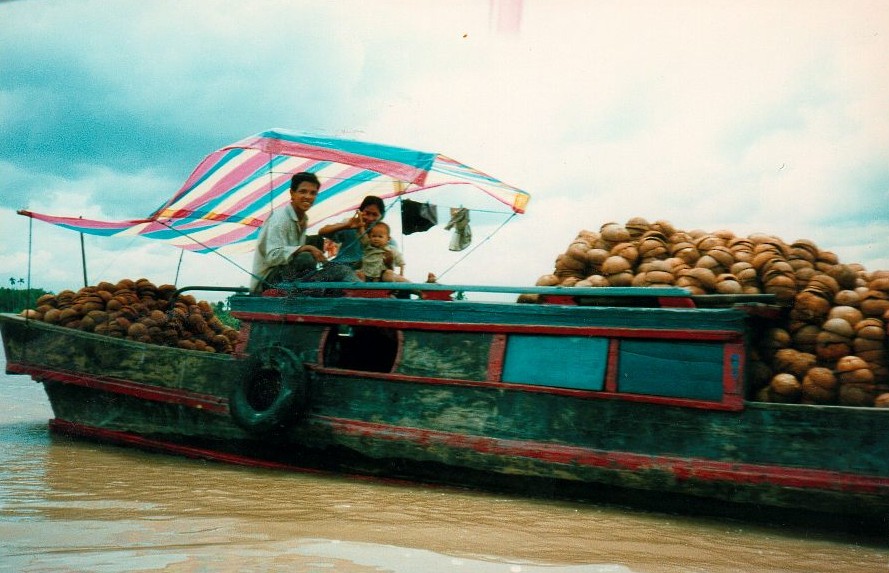I’m done with Orwell for now, though I need to find more of his essays and other writings and dip into them. So I’m taking up some of the travel books I have around the house but haven’t gotten around to. Such as The Great Railway Bazaar by Paul Theroux (1975), which I’m reading now. Somehow or other I’d never read it, though I’ve had a copy for a long time.
Other unread titles I have around the house include Journey to Portugal (Jose Saramango), three books by Evelyn Waugh (Remote People, Ninety-Two Days, and Labels), and The Happy Isles of Oceania (also Theroux). Or the subject at hand might be Far Away, rather than travel, since some of the books are about spending extended periods in far away places, such as Under the Mountain Wall: A Chronicle of Two Seasons in Stone Age New Guinea, Seven Years in Tibet, and Out of Africa.
The Great Railway Bazaar is justly famous as a tale of months of rail travel in Asia in the early ’70s. Lately I’ve finished the chapters about traveling through Sri Lanka, and was struck by how impoverished the country was 40 years ago. In some sense I must have known that, but mostly I’ve been used to reading or hearing about the decades-long civil war there, and then its more recent economic growth. Time flies, places change.
Which brings me to this picture.  In June 1994, we were traveling down the Mekong in Vietnam, and we came very near to this coconut boat, and I happened to be ready to take a picture. Vietnam is and was a major producer of coconuts – 1.25 million metric tons in 2013, compared with 1.07 million metric tons in 1994 (a handy Food and Agriculture Organization of the United Nations interactive web site tells me this).
In June 1994, we were traveling down the Mekong in Vietnam, and we came very near to this coconut boat, and I happened to be ready to take a picture. Vietnam is and was a major producer of coconuts – 1.25 million metric tons in 2013, compared with 1.07 million metric tons in 1994 (a handy Food and Agriculture Organization of the United Nations interactive web site tells me this).
But never mind the production numbers. What became of the people in the boat? Are the parents still running a coconut boat, or did they ever really specialize in that? The child would be an adult now, assuming he survived the perils of third-world childhood, and very likely he did. What’s he up to? Or was it a girl? Just another set of minor unknowables here in the hyperconnected Information Age.